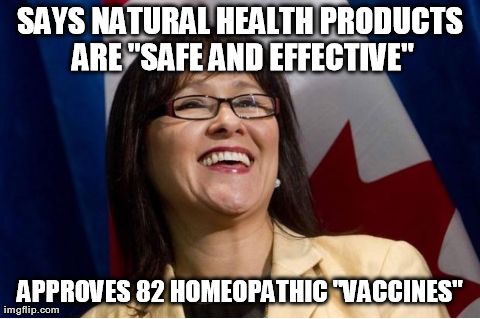
The risks we face in our lives have been utterly transformed by vaccines. With the exception of clean water, no other health intervention has been as effective: More than 20 million lives in the past 25 years have been saved. Our parents and grandparents faced the risk of illness and death from diseases like smallpox, diptheria, and polio as a fact of life. Mass vaccination completely eradicated smallpox, which had been killing one in seven children. Polio is next. Public health campaigns have also eliminated diptheria, and reduced the incidence of pertussis, tetanus, measles, rubella and mumps dramatically. More than 100 million infants are now immunized against the most common preventable childhood illnesses each year, saving more than 2.5 million young lives each year.
Yet as long as there have been vaccines, there has been those that oppose them. I’ve spent quite a bit of time outlining the tactics and tropes of the antivaccine movement as well as considering ways in which health professionals and science advocates can improve the way they respond to antivaccinationism. And this battle continues, after over 100 years of immunization, and over two dozen diseases becoming vaccine-preventable.
Debating antivaccinationists can be dispiriting, especially if you’re a health professional. Getting personal insults in your email regularly isn’t encouraging. Your peers may not share your understanding of the issue, and your passion for it. Personally, I see vaccine advocacy as part of public health advocacy, and part of my responsibility as a health professional, a science advocate and a parent. I’ve spent a lot of time along with my fellow bloggers at Skeptic North and Science-Based Medicine discussing the tactics of the antivaccine movement, and helping to educate and motivate. There is evidence that antivaccinationists can influence vaccination decisions. There are four main tactics that they use:
- Skewering the science of vaccine safety and efficacy, while trying to create legitimacy for unfounded or discredited theories of harm.
- Shifting the hypotheses and the villain, from MMR, to thimerosal, to other “toxins”, and more recently, “too many, too soon”.
- Censoring criticism, whether it’s at Age of Autism, Mothering.com, or other antivaccine sites that delete comments or restrict access to their events.
- Attacking the opposition – whoever is an advocate.
How do antivaccinationists attack? Viciously. Imagine you’re the parents of a child that died of a vaccine-preventable disease. And you’ve used this tragedy to publicly advocate for improved vaccination programs, which could have prevented the death of your child. What do you think the response would be? If you’re Toni and David McCaffery, parents of of Dana McCaffrey, this isn’t a thought exercise – it’s exactly what happened. Dana died at four weeks old of pertussis (whooping cough). The reaction from antivaccinationists? Heinous: Continue reading →









You must be logged in to post a comment.